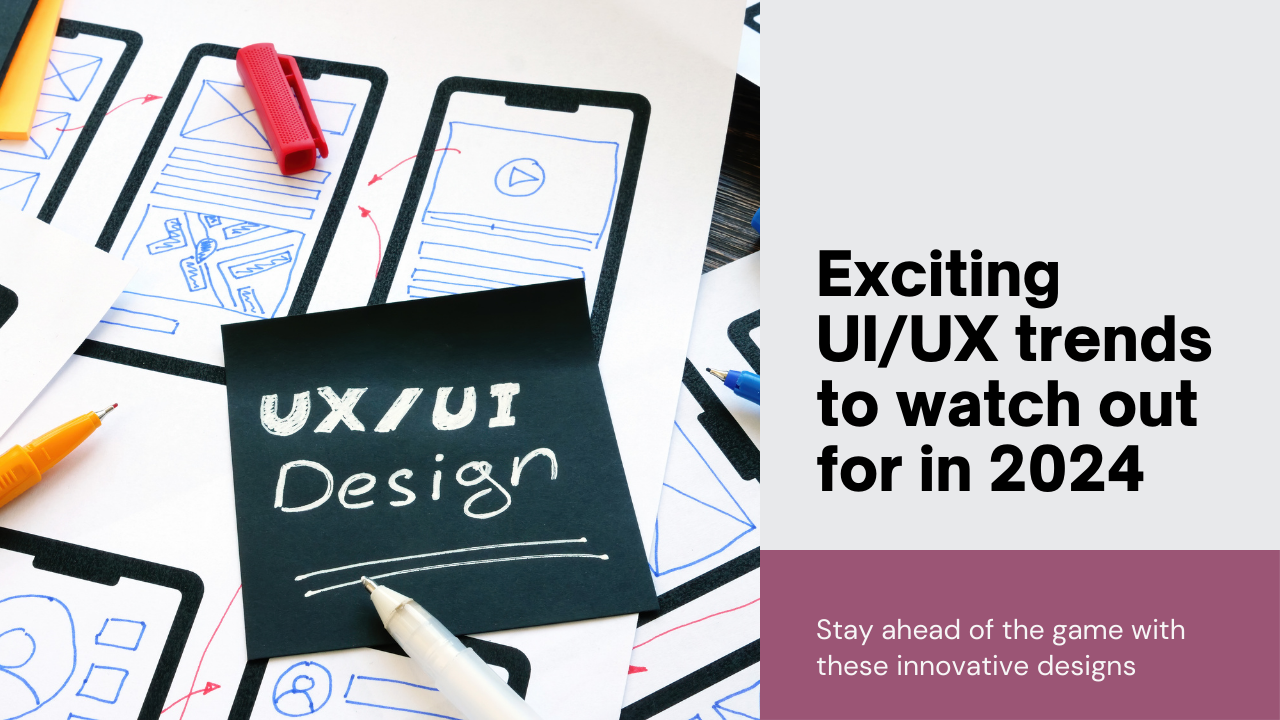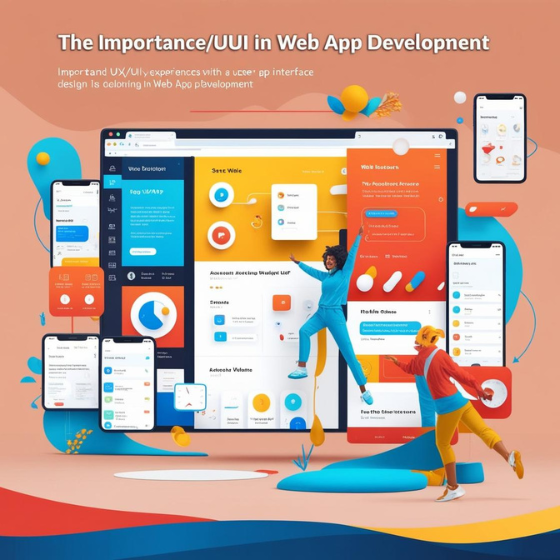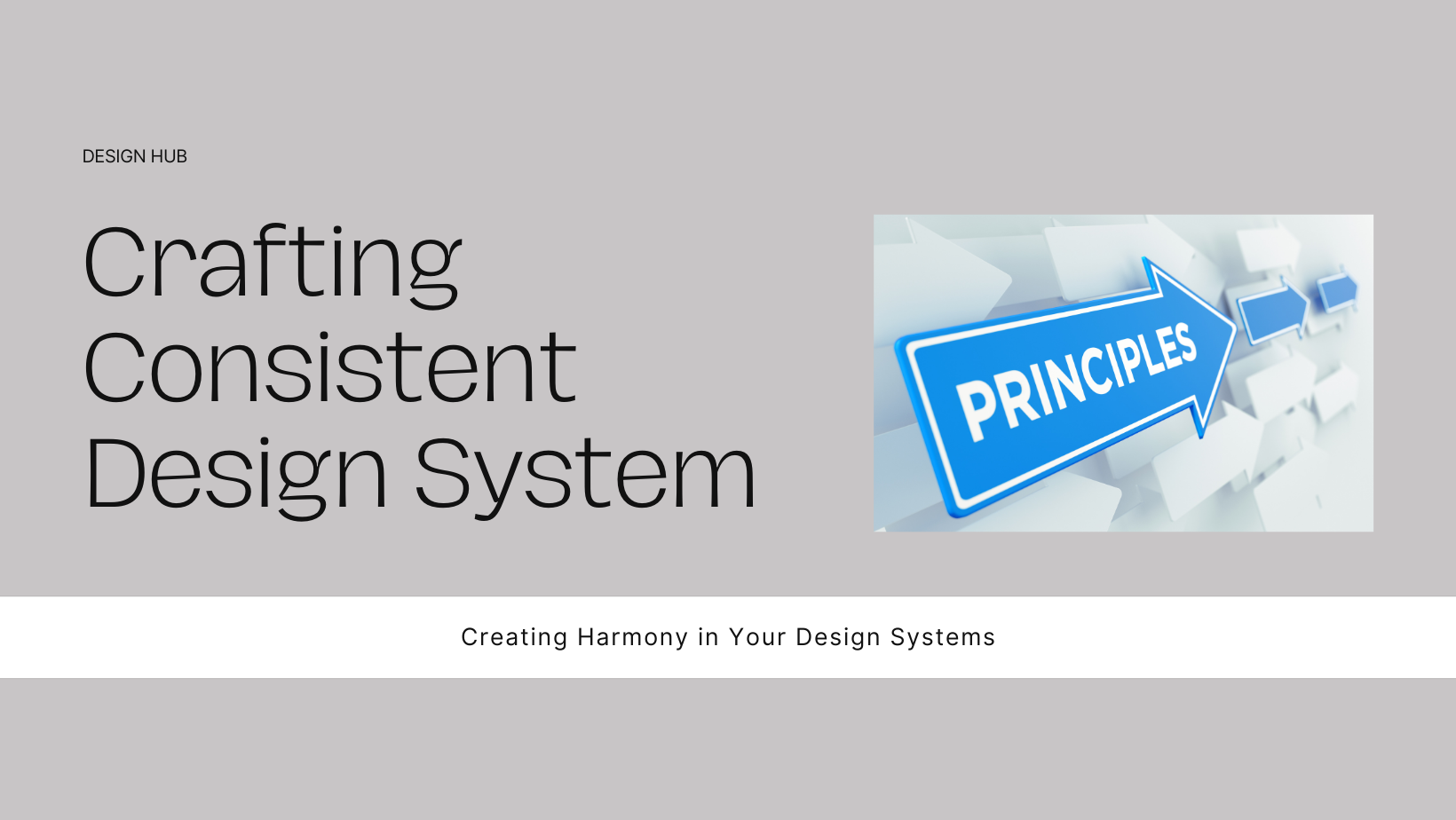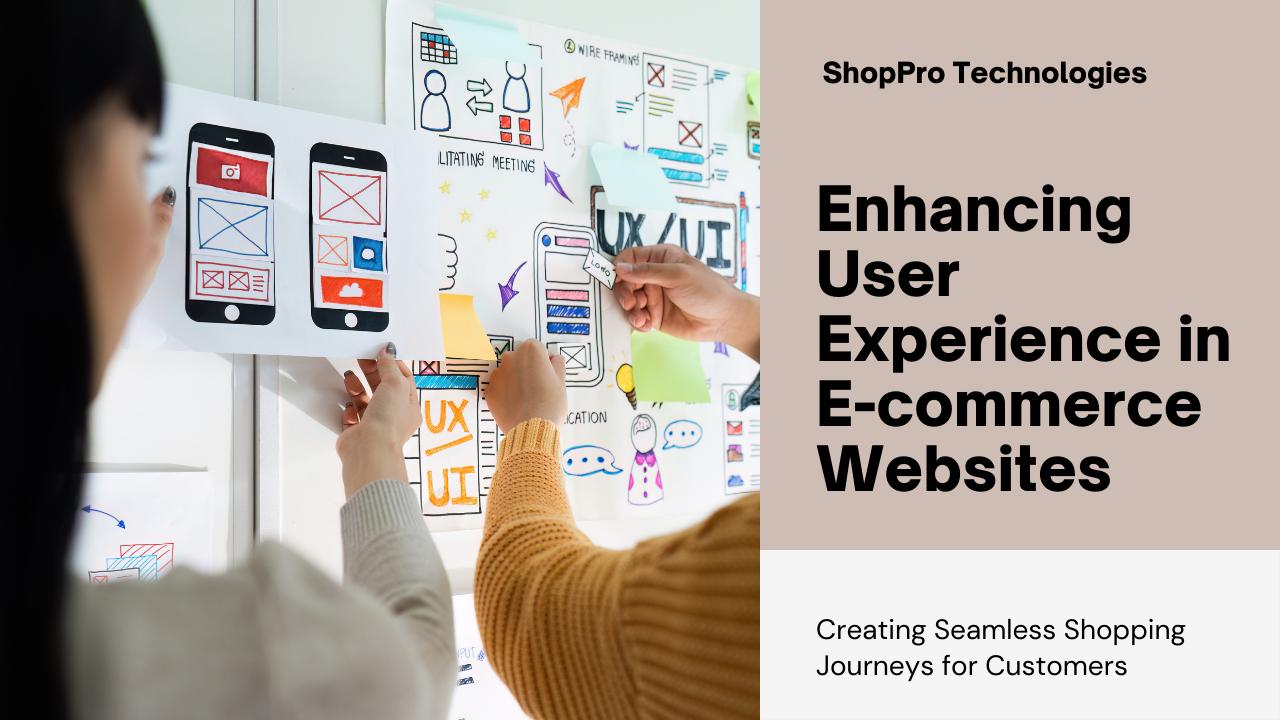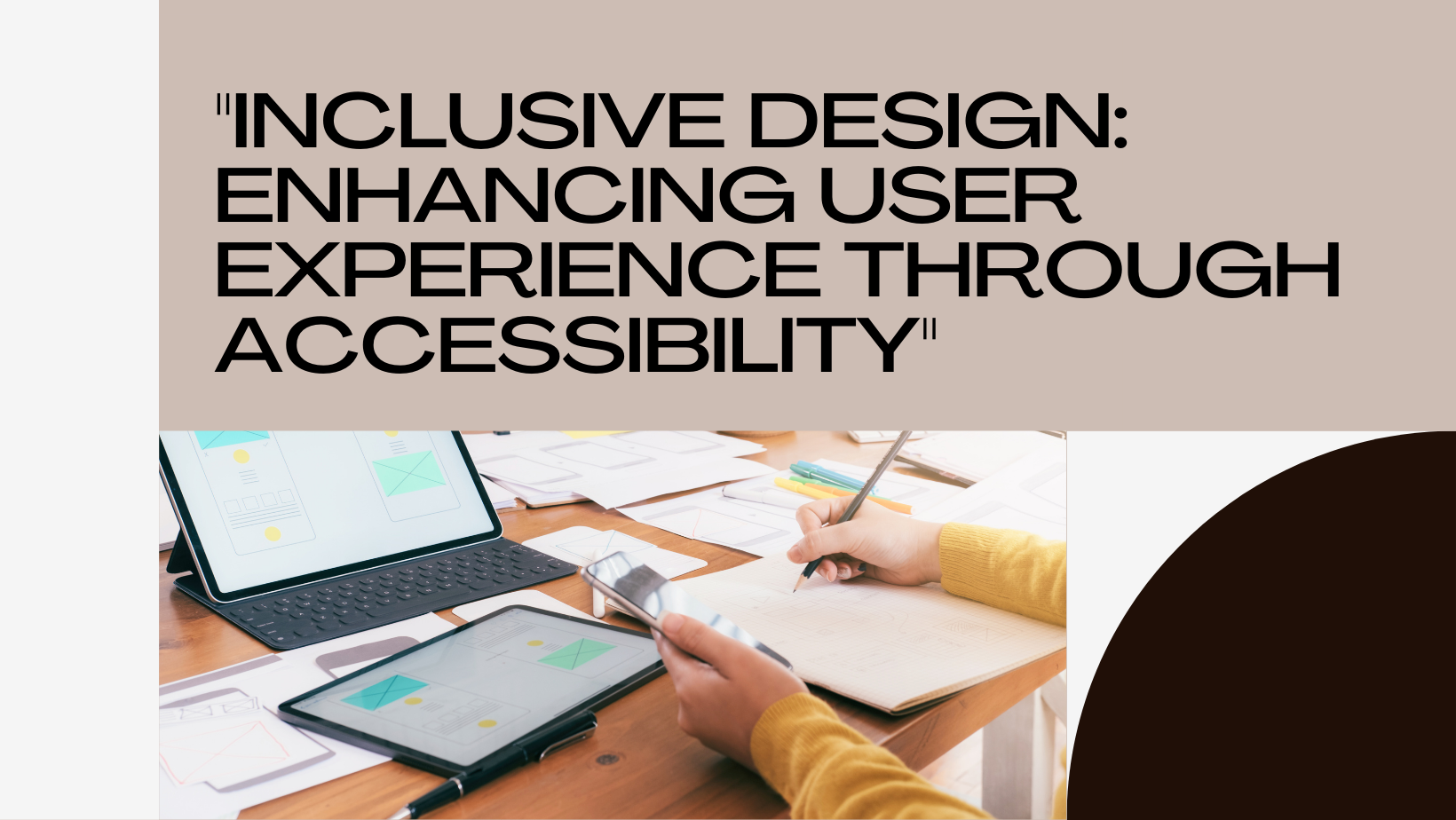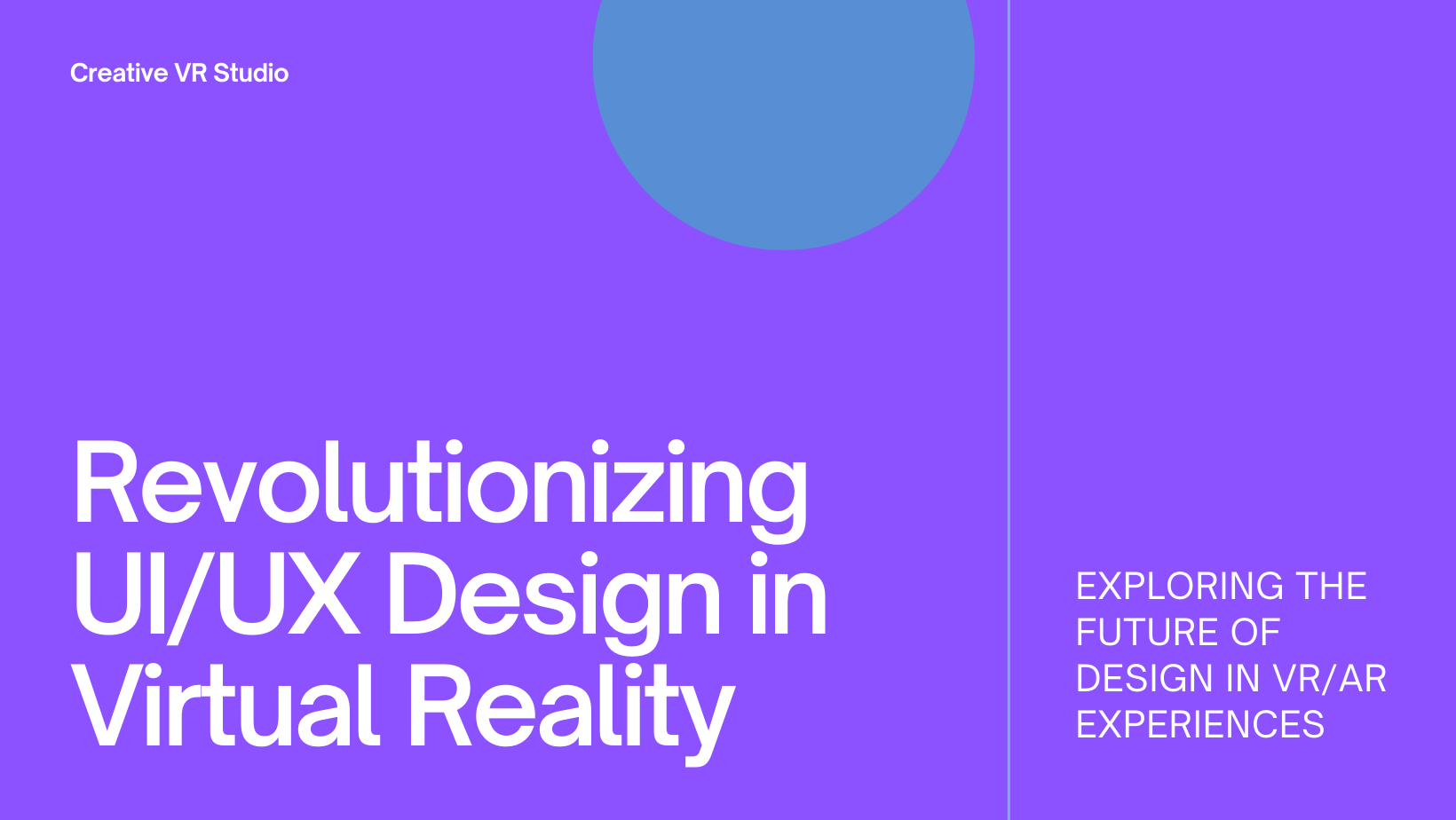In the fast-evolving digital landscape, user interface (UI) and user experience (UX) design play pivotal roles in shaping customer engagement, brand perception, and product usability. As we look forward to 2024, the landscape of UI/UX design continues to evolve, driven by technological advancements, changing user expectations, and innovative design practices. This blog explores the key trends, emerging technologies, design principles, and strategic insights shaping the future of UI/UX design for businesses and digital experiences.
1. Immersive User Experiences with AR and VR
As Augmented Reality (AR) and Virtual Reality (VR) technologies continue to mature, integrating immersive experiences into UI/UX design has become a transformative trend. AR and VR enhance user engagement by offering interactive 3D interfaces, spatial interactions, and immersive storytelling elements that elevate product experiences across industries, from retail and gaming to education and healthcare. Designers are leveraging AR/VR to create intuitive navigation, lifelike simulations, and personalized interactions that blur the line between physical and digital realms.
2. Voice User Interfaces (VUI) and Conversational UX
The adoption of Voice User Interfaces (VUI) and conversational UX design is reshaping how users interact with digital products and services. With the proliferation of smart assistants (e.g., Siri, Alexa, Google Assistant), voice commands, and natural language processing (NLP) technologies, VUI enhances accessibility, hands-free interaction, and personalized user journeys. Designers are focusing on creating intuitive voice commands, contextual responses, and multimodal interfaces that provide seamless, conversational experiences across devices and platforms.
3. Minimalism and Microinteractions
Minimalist UI design continues to thrive in 2024, emphasizing simplicity, clarity, and intuitive navigation to streamline user interactions and reduce cognitive load. Clean typography, ample whitespace, and minimalist color palettes enhance visual hierarchy and readability, fostering focused user experiences across web and mobile interfaces. Additionally, microinteractions—subtle animations, feedback loops, and interactive elements—add personality, delight users, and communicate system status or feedback, enhancing UX engagement and user satisfaction.
4. Dark Mode and Accessibility
Dark mode has emerged as a popular UI design trend, offering visual comfort, reduced eye strain, and energy efficiency for users across devices and operating systems. Designers are implementing dark mode interfaces with high contrast ratios, customizable settings, and accessible color schemes to accommodate diverse user preferences and improve readability in low-light environments. Dark mode enhances user experience, aesthetic appeal, and usability, aligning with accessibility standards and inclusive design principles.
5. Data-Driven Design and Personalization
Data-driven UI/UX design leverages user analytics, behavioral insights, and predictive algorithms to customize digital experiences, anticipate user needs, and optimize user journeys in real-time. Machine learning (ML) algorithms enable personalized content recommendations, adaptive interfaces, and dynamic UI elements that adapt to user preferences, behaviors, and contextual cues. Designers are integrating predictive analytics, A/B testing, and user feedback loops to iterate designs, enhance usability, and drive conversion rates through personalized UX strategies.
6. Ethical Design Practices and User Trust
In 2024, ethical UI/UX design practices are gaining prominence, emphasizing transparency, user consent, and data privacy in digital interactions. Designers are prioritizing ethical considerations, such as consent-driven data collection, clear communication of privacy policies, and inclusive design principles that respect user autonomy and foster trust. Ethical UX design builds credibility, enhances brand reputation, and cultivates long-term user relationships based on mutual respect and responsible digital practices.
Implementing Trends in UI/UX Design for 2024
To embrace emerging trends in UI/UX design effectively, businesses can adopt a strategic approach:
- User-Centric Design Thinking: Empathize with user needs, preferences, and pain points through user research, persona development, and journey mapping to inform design decisions and enhance UX relevance.
- Collaborative Design Workflows: Foster cross-functional collaboration between designers, developers, and stakeholders to iterate designs, prototype solutions, and validate UX assumptions through usability testing and feedback loops.
- Agile Development and Iterative Improvement: Embrace agile methodologies, continuous integration (CI), and rapid prototyping to iterate UI/UX designs, integrate user feedback, and optimize digital experiences based on real-world usage data and analytics.
Future Directions in UI/UX Design
Looking ahead, the future of UI/UX design will continue to evolve with advancements in AI-driven design automation, biometric interfaces, and adaptive UI/UX frameworks that cater to diverse user needs and emerging technological landscapes. By embracing innovation, human-centered design principles, and strategic UX methodologies, businesses can differentiate their brands, enhance customer satisfaction, and drive digital transformation in an increasingly competitive market environment.
Conclusion
In 2024, the trends shaping UI/UX design underscore the importance of innovation, user-centricity, and ethical design practices in delivering exceptional digital experiences. By integrating immersive technologies, minimalist aesthetics, data-driven personalization, and ethical considerations into UI/UX strategies, businesses can elevate brand engagement, foster user loyalty, and stay ahead of evolving consumer expectations in the dynamic digital ecosystem.
Contact Sodio Technologies today to explore how our UI/UX design expertise can transform your digital products, enhance user experiences, and drive business growth in 2024 and beyond.
